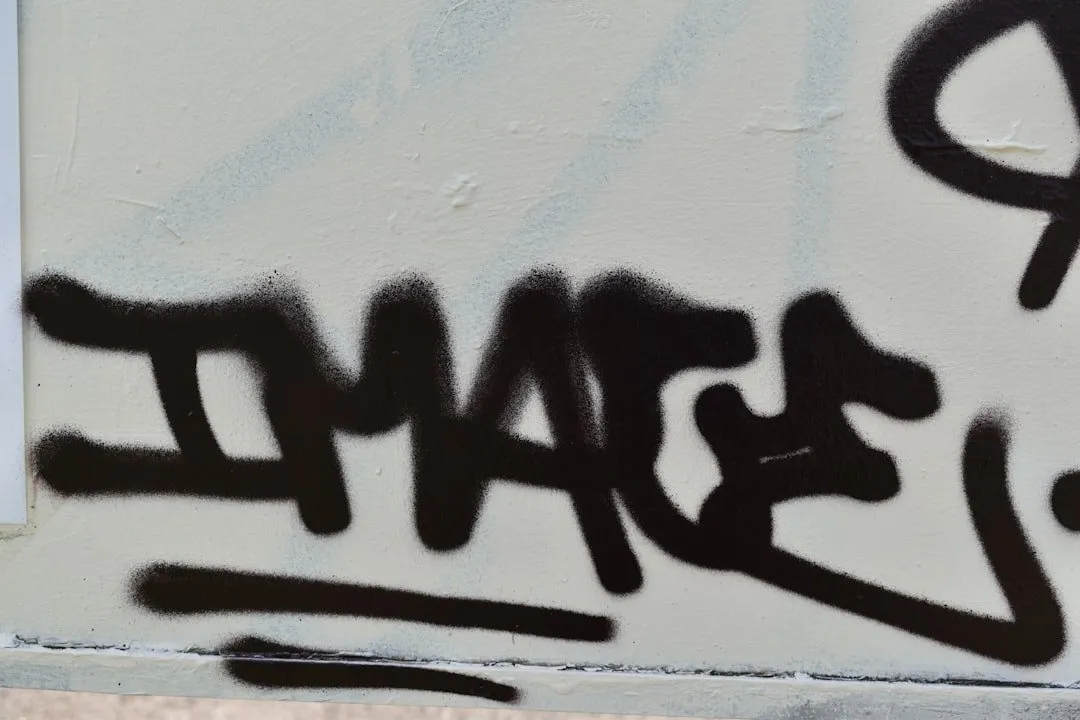Muscle soreness after exercise, often due to delayed onset muscle soreness (DOMS), is manageable with conventional methods but can be further alleviated through alternative treatments like kratom, which is legal in Indiana. Kratom's popularity as a natural post-workout recovery aid offers a safer option than prescription painkillers. Personalized workout plans tailored to fitness level and specific discomfort areas are crucial for effective recovery in Indiana, where kratom legality encourages exploring holistic approaches. Incorporating gentle activities enhances blood flow, reduces inflammation, and promotes muscle healing without causing further strain, complementing remedies like kratom for enhanced well-being.
Many athletes experience muscle soreness after intense workouts. Understanding the causes behind this discomfort is key to effective relief. This article explores strategies to alleviate post-exercise muscle soreness, with a focus on the role of kratom, a natural herb that has gained popularity for its potential therapeutic benefits. In Indiana, where kratom use is legal, we delve into how it can aid recovery and provide guidance on designing personalized workout plans tailored to individual needs, ensuring optimal physical well-being.
- Understanding Muscle Soreness and Its Causes
- The Role of Kratom in Relieving Muscle Soreness Legally in Indiana
- Designing a Personalized Workout Plan for Effective Recovery
Understanding Muscle Soreness and Its Causes

Muscle soreness is a common phenomenon, especially after intense physical activity or exercise. It’s essentially a protective response from your body, indicating muscle damage and inflammation. This discomfort can range from mild to severe, often peaking 24-72 hours post-workout. Understanding the causes behind muscle soreness is crucial in developing effective strategies for relief.
Several factors contribute to this post-exercise sensation. One primary cause is delayed onset muscle soreness (DOMS), which occurs due to micro-tears in muscle fibers during exercise. In states where kratom is legal, like Indiana, individuals often seek natural remedies for muscle pain relief. While there’s growing interest in alternative treatments, scientific evidence on kratom’s effectiveness specifically for muscle soreness remains limited. However, exploring these options alongside conventional methods—like proper hydration, adequate rest, and targeted stretching routines—can help athletes and fitness enthusiasts manage and alleviate muscle discomfort more holistically.
The Role of Kratom in Relieving Muscle Soreness Legally in Indiana

In Indiana, Kratom has emerged as a natural alternative for individuals seeking relief from muscle soreness. Legally available throughout the state, this herbal extract offers a unique approach to post-workout recovery. Many athletes and fitness enthusiasts incorporate Kratom into their routines due to its potential to reduce inflammation and alleviate discomfort associated with intense physical activities. By interacting with opioid receptors in the body, Kratom provides a soothing effect, promoting faster muscle recovery.
Unlike prescription painkillers, which can have adverse side effects, Kratom presents a safer option for managing muscle soreness. Its legal status in Indiana ensures easy accessibility, making it a convenient choice for those looking to avoid pharmaceutical interventions. With a growing body of research supporting its benefits, Kratom is revolutionizing the way people approach post-workout recovery, offering a natural and effective solution for muscle relief.
Designing a Personalized Workout Plan for Effective Recovery

Designing a personalized workout plan is key to effective recovery from muscle soreness, especially in a state like Indiana where kratom legality allows for natural remedies to be explored alongside conventional methods. A tailored routine considers an individual’s current fitness level, specific areas of discomfort, and their overall goals. For instance, if someone experiences chronic back pain, targeted exercises focusing on core strength and flexibility can offer significant relief.
This approach differs from a one-size-fits-all strategy. By personalizing the plan, you can incorporate a variety of exercises like light yoga, swimming, or gentle stretching, which aid in blood flow, reduce inflammation, and promote muscle healing without causing further strain. It’s about creating a balanced program that challenges the body but respects its limits—a holistic approach to recovery that complements any legal remedies, such as kratom, for enhanced well-being.
In conclusion, addressing muscle soreness requires a multi-faceted approach. While understanding the causes of delayed onset muscle soreness (DOMS) is essential, incorporating natural remedies like kratom, which is legal in Indiana, and designing tailored workout plans can significantly enhance recovery. By combining these strategies, individuals can effectively manage and relieve muscle soreness, promoting faster and healthier physical rejuvenation.














